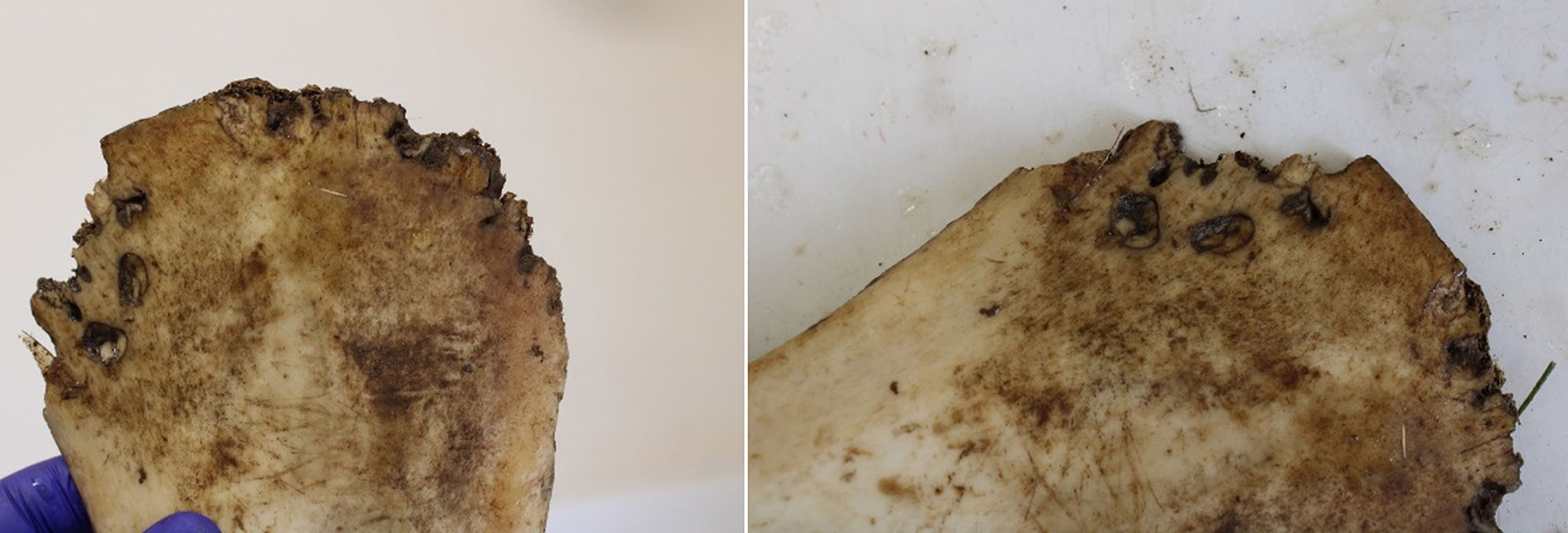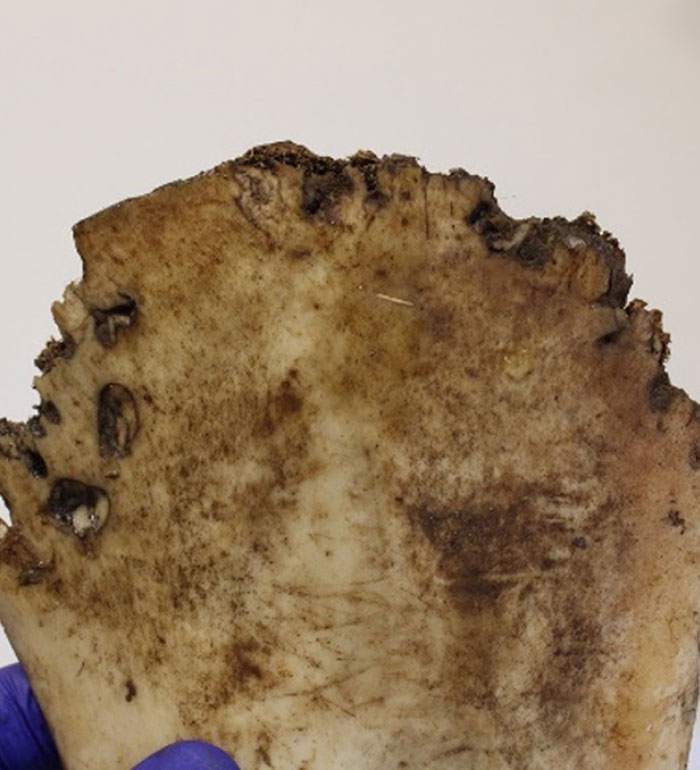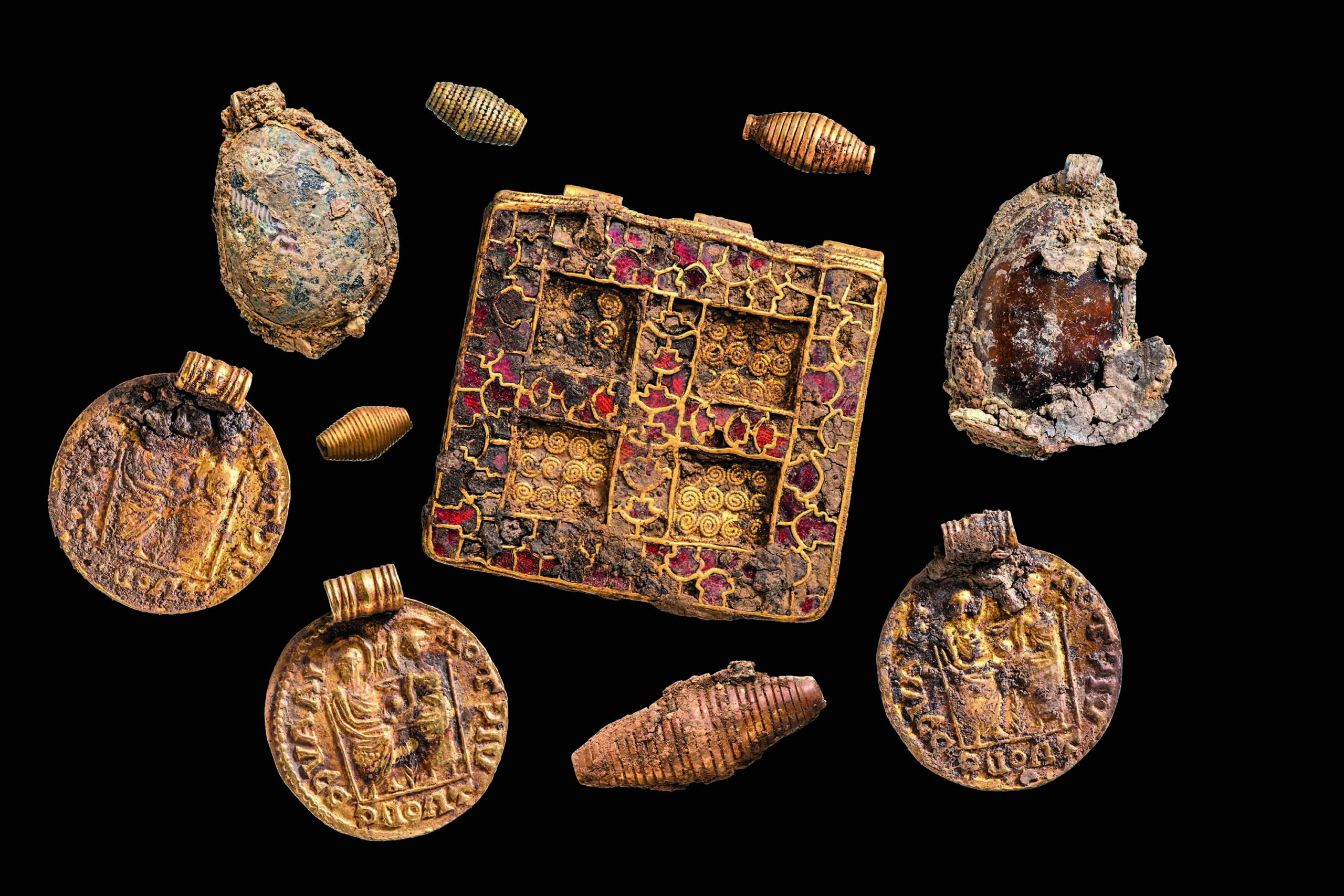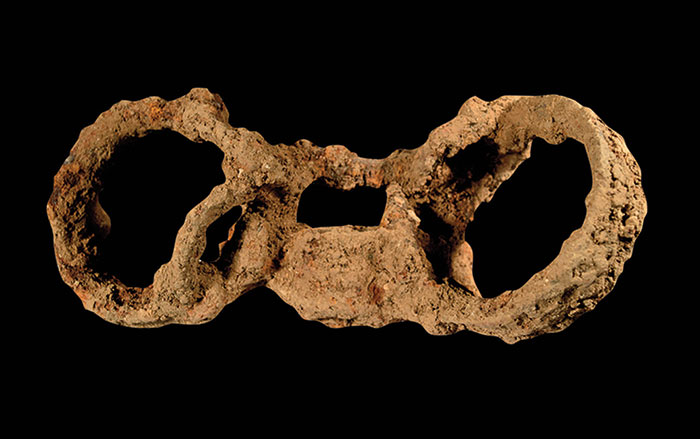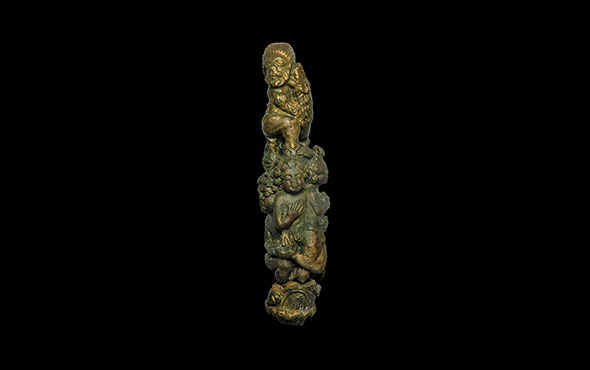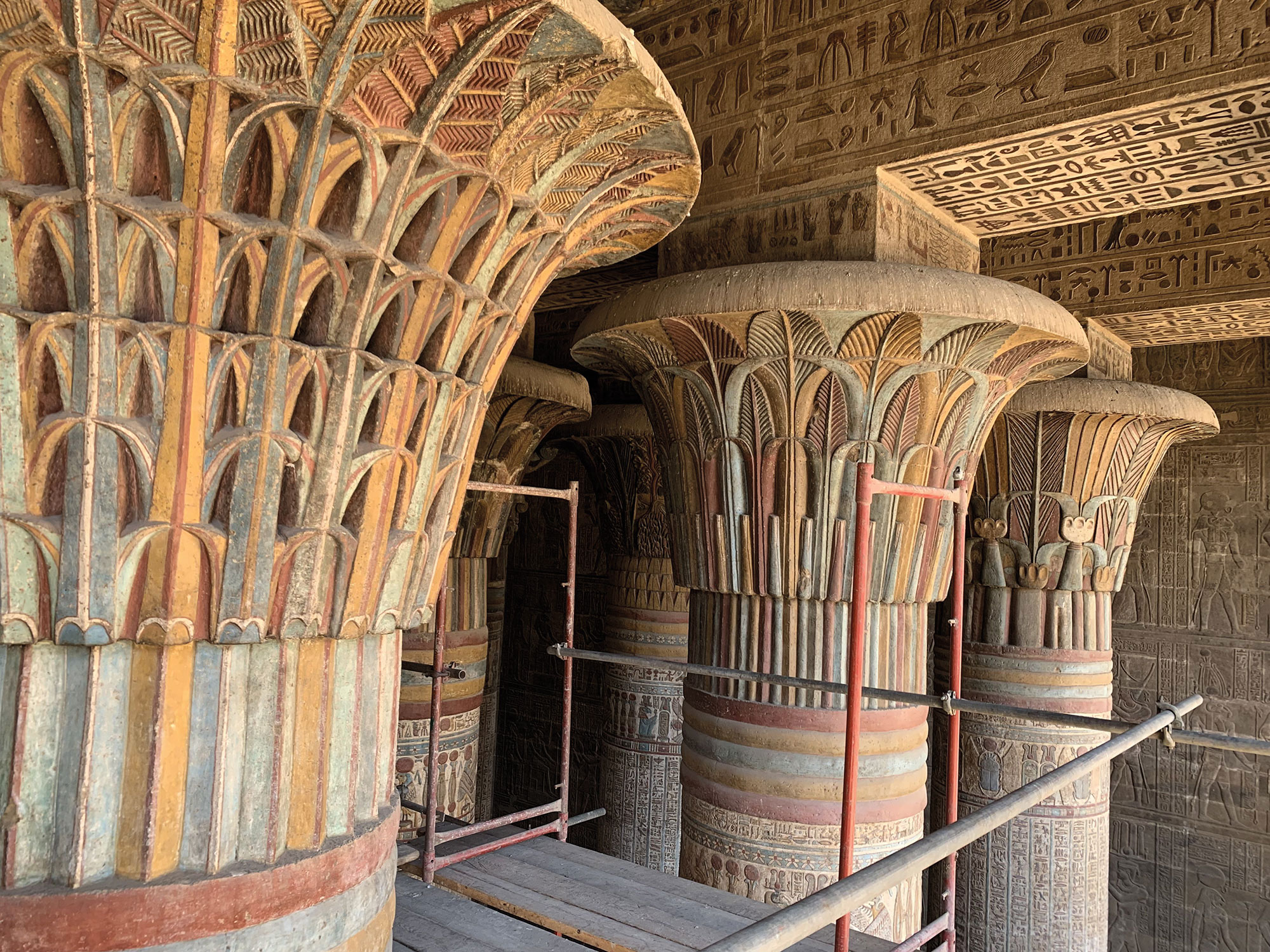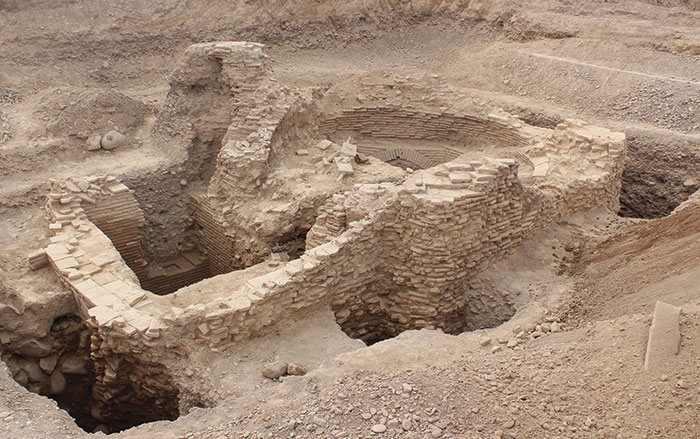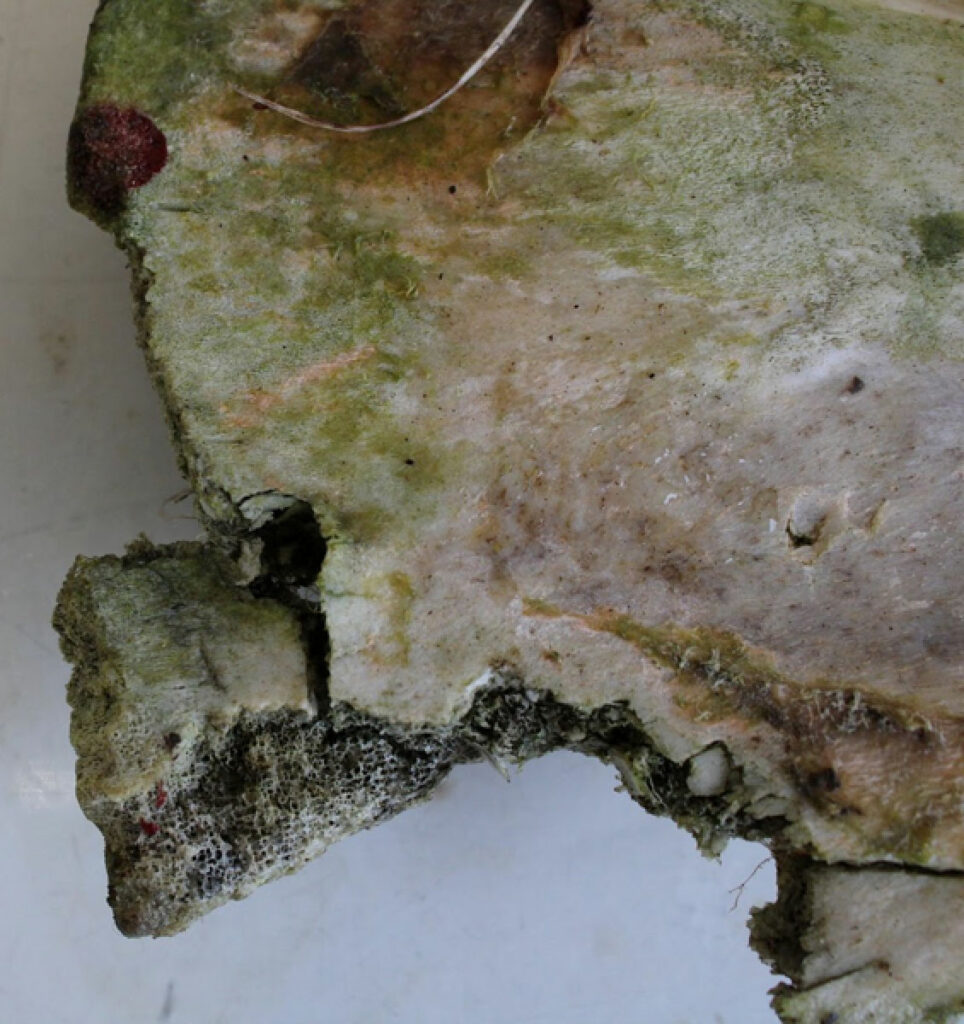
YORK, ENGLAND—Ancient Roman gladiators are known to have fought not just each other, but wild animals as well. Such human-beast battles are depicted in ancient mosaics and texts, but physical evidence of them has been hard to find. Now, according to a Reuters report, researchers have concluded that a man buried in a cemetery in the city of York, thought to be the resting place of gladiators, was the victim of just such an encounter. The man, who was around 26 to 35 years old when he died and likely lived in the third century A.D., had bite marks on his pelvis that appear to have been the work of a large cat, such as a lion. “Here we can see puncture and scalloping, indicative of large dentition piercing through the soft tissues and into the bone,” said forensic anthropologist Tim Thompson of Maynooth University. “We don't think that this was the killing wound, as it would be possible to survive this injury, and it is in an unusual location for such a large cat. We think it indicates the dragging of an incapacitated individual.” The man was also decapitated, likely after being taken down by his feline adversary. In all, 82 skeletons have been unearthed in the cemetery, many bearing injuries typical of gladiatorial combat; several were decapitated as well. “This new analysis gives us very concrete and specific evidence of a human-animal violent encounter, either as combat or punishment, showing that the big cats caught in North Africa were shown and fought not only in Rome or Italy but also surprisingly widely, even if we don't know how frequently,” said archaeologist John Pearce of King's College London. Read the original scholarly article about this research in PLOS ONE. To read in-depth about ancient Roman gladiators, go to “Let the Games Begin.”



